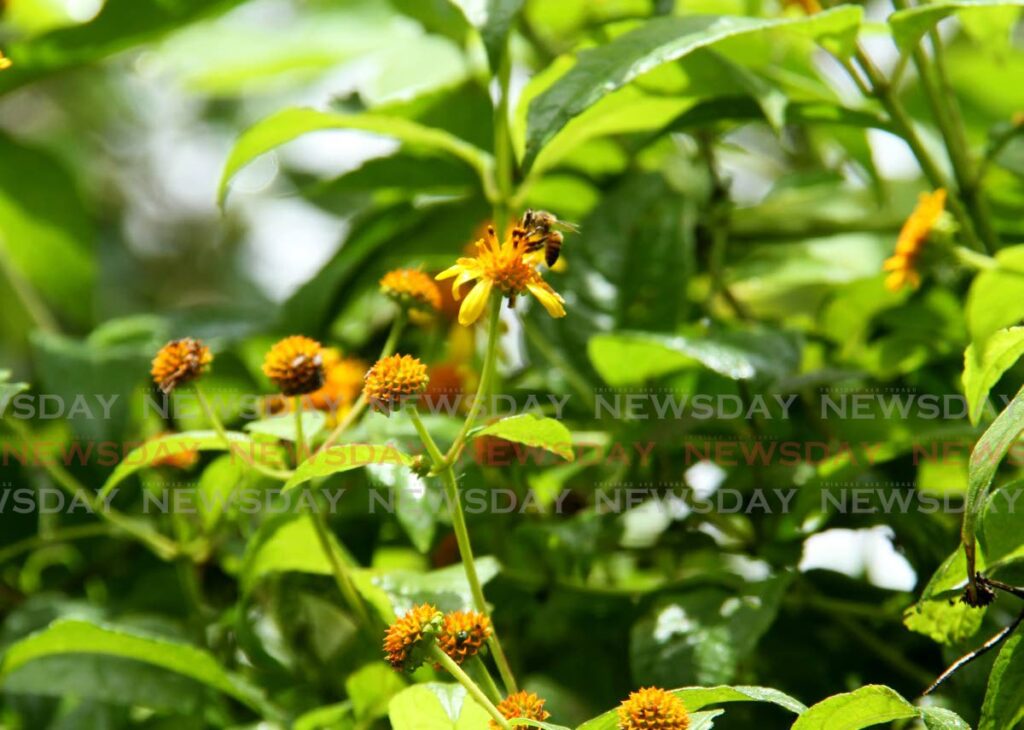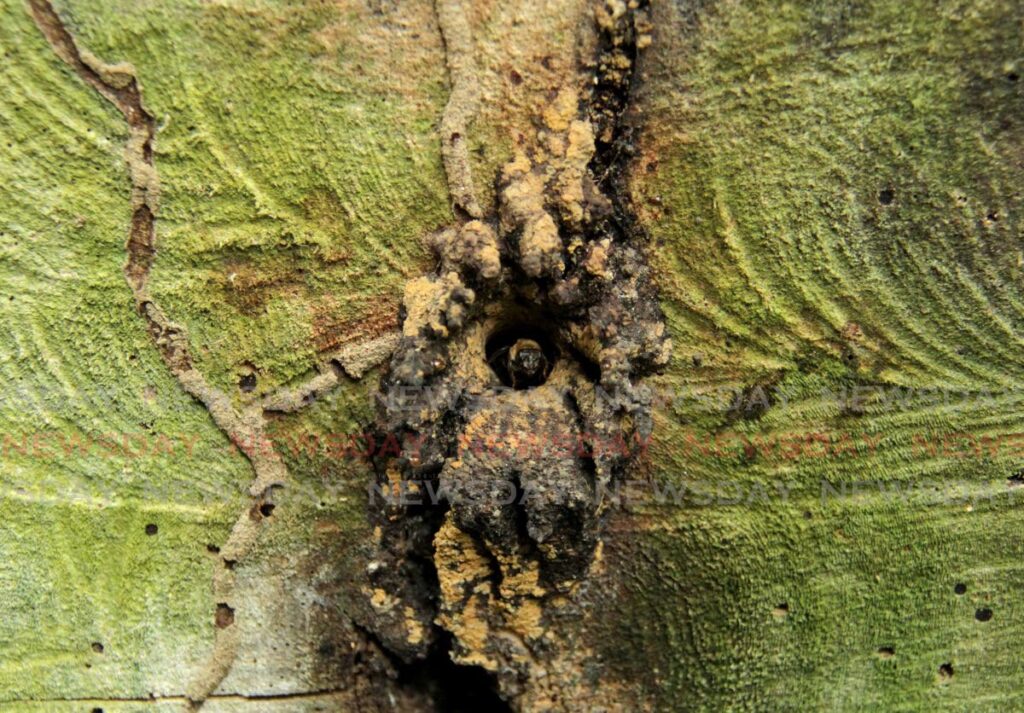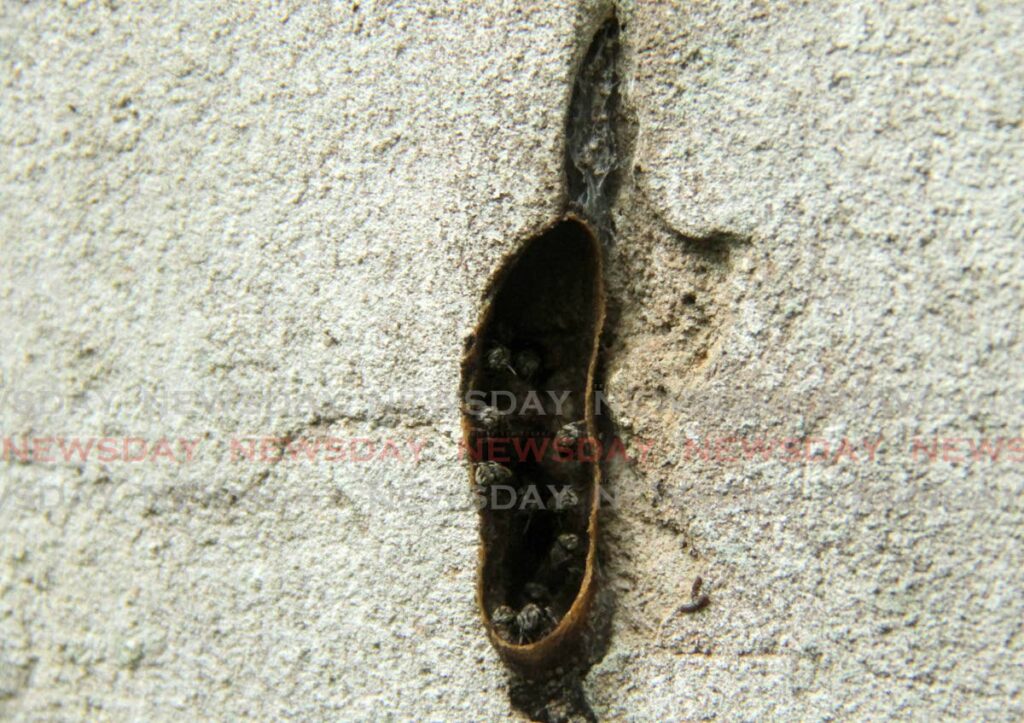Don't be afraid of bees

Bees can be scary and some people's first first thought when they see one is to squish it. But environmental biologist Dr Lena Dempewolf said we shouldn't.
"The general rule is that if you don't harm the animal, it won't harm you. If you see a bee, feel free to observe but maintain a safe distance."
She said even if you see the bees together in their homes, the hives, it's best to leave them.
"You definitely want to avoid getting close to any hives of any social bees, as they are very protective of their homes."
Dempewolf said bees can be separated into two groups: social and solitary.
Social bees are the ones that make the honey and are protective of their hives, so they sting.

The solitary bees live alone and do not swarm. These rarely sting and are not aggressive.
Dempewolf said if see a swarm near your home you should get professional help to have them removed.
"The Trinidad and Tobago Beekeepers Association can be contacted for honeybee removal. A beekeeper may be better able to advise on what to do if a swarm was disturbed accidentally and how to protect yourself."
If you have been stung, let an adult know. They should remove the stinger and ice the site to reduce swelling.
Dempewolf said bees, too, may sometimes need our help.
"If you find one alive and lying somewhere where it can get stepped on or run over, you could move it to a shady spot and even leave some sugar water.

"If a bee is trapped inside your house, gently cup it with a clear container carefully and trapping it with a sheet of paper. Once it's safe, releasing it outside is the best thing to do."
She warned that if you are allergic to bee stings, you should get help moving it.
Dempewolf said there are around 20,000 species of bees worldwide. Only a small number of those species produce honey and most of them are not recognisable.
"Most people think bees are something fluffy and yellow and black, but bees come in a huge number of shapes and sizes and a range of colours such as blue, black, green and even orange."
She said the bees in TT are solitary, including the large (Xylocopa sp), small (Ceratina sp) carpenter bees; orchid bees that collect scent over food from flowers; and leaf-cutter bees (Megachilidae) that cut small circles in leaves to make their nests.
"Various species of stingless bees (Meliponini) also live in TT and these are social and produce honey. Their honey and other products are highly prized for their health benefits."

Dempewolf said all bees feed on the nectar and pollen from flowers.
The stingless bees use resin found on the bark of trees to make their nests. Most bees are active during the day but some are found out during late evenings and even at night.
But, Dempewolf said, they don't come out when it's raining.
"They don't come out because it's like walking around and boulders are falling on you."
She said the rain also washes away the nectar and pollen in plants, so they store pollen and nectar in their hives just in case it rains.


Comments
"Don’t be afraid of bees"